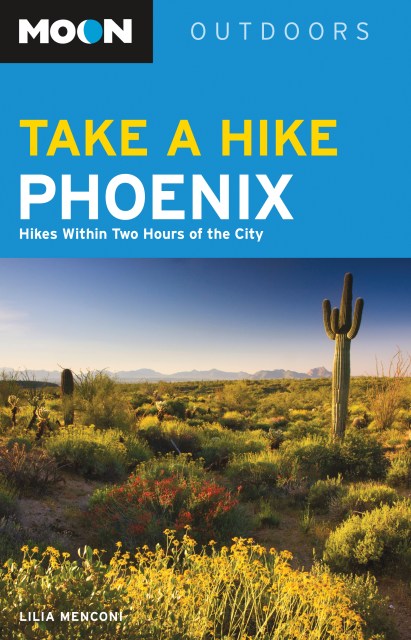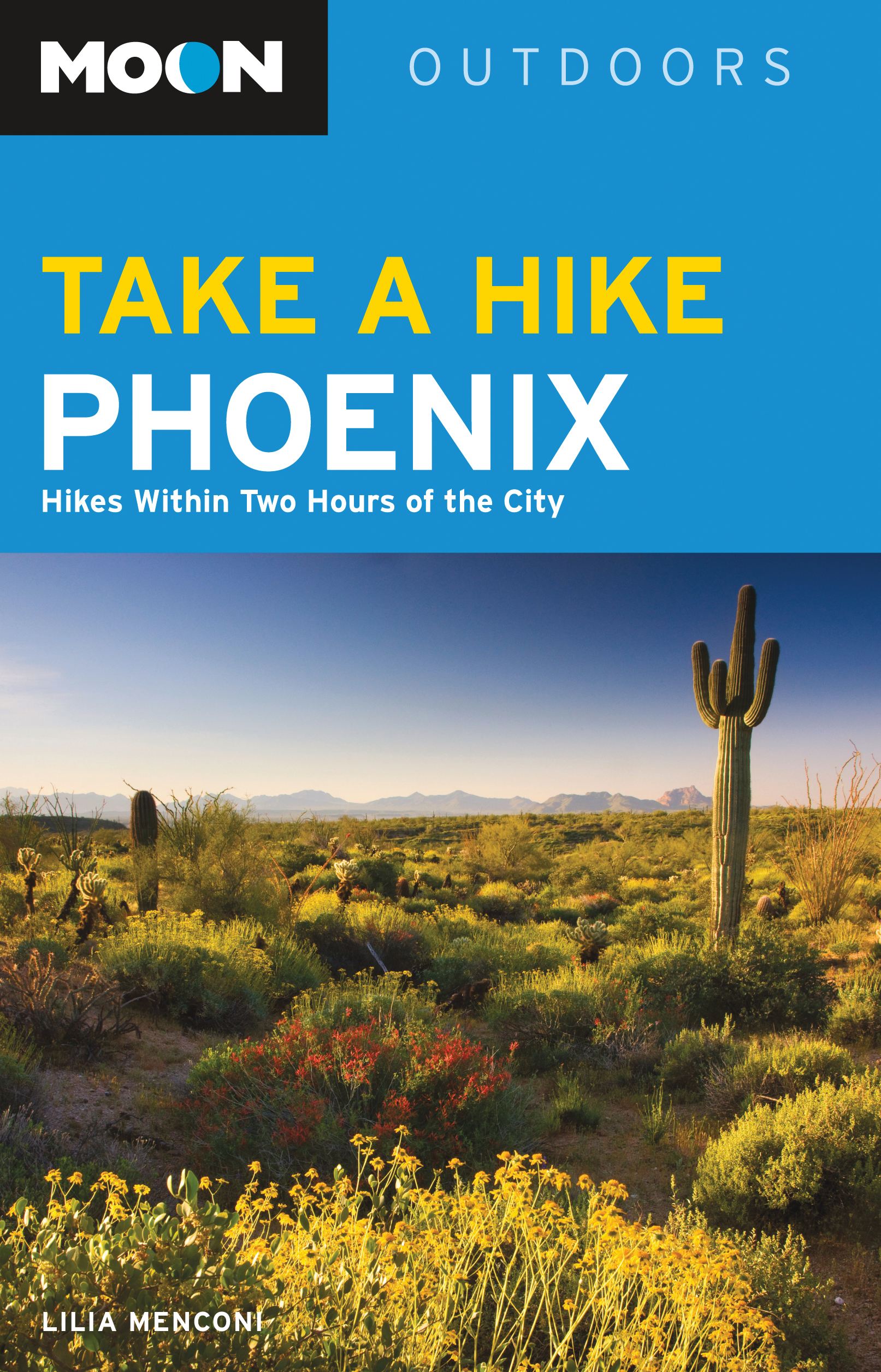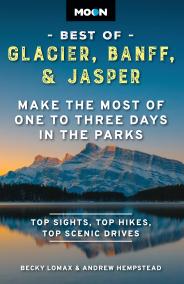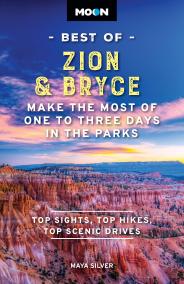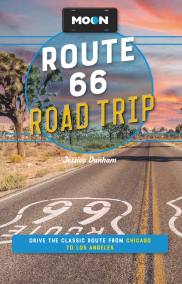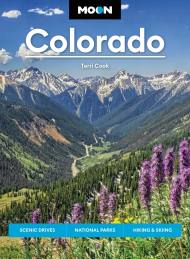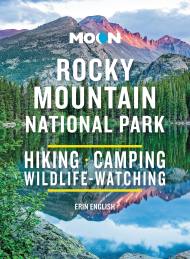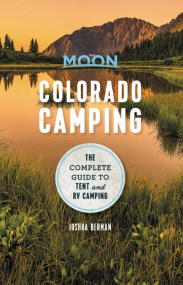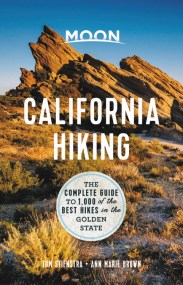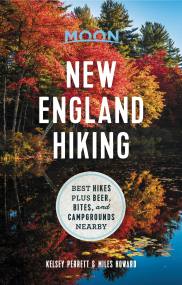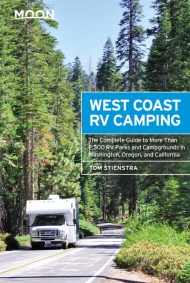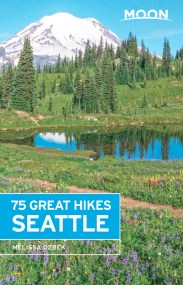Promotion
Use code MOM24 for 20% off site wide + free shipping over $45
Moon Take a Hike Phoenix
Hikes Within Two Hours of the City
Contributors
Formats and Prices
Price
$9.99Price
$12.99 CADFormat
Format:
ebook $9.99 $12.99 CADThis item is a preorder. Your payment method will be charged immediately, and the product is expected to ship on or around June 16, 2015. This date is subject to change due to shipping delays beyond our control.
Also available from:
Grab your water bottle and explore more than 75 great hikes in and around Phoenix. The Valley of the Sun offers thousands of acres for hardcore hikers and first-timers alike to enjoy Arizona’s amazing landscape. Inside Moon Take a Hike Phoenix you’ll find:
Looking to explore beyond Phoenix? Try Moon Southwest Road Trip. Ready for an overnight outdoor adventure? Check out Moon Grand Canyon.
- Detailed Descriptions: Find the right hike for you with thoughtful and thorough descriptions of what to expect along each trail. Pick from a variety of hikes ranging from flat routes suitable for families to challenging rock scrambles. Escape the city for a few hours or take a day-long trek to ultimate solitude.
- Quick Reference: Compare difficulty ratings, distance, and elevation gain to pick which trail to tackle in an easy-to-scan chart. Icons identify hikes that are dog-friendly or wheelchair accessible-and highlights like historic sites, wildlife, and wildflowers
- Maps and Directions: Easy-to-use maps for each trail showing topography and elevation. Point-by-point navigation guides you along the right path and prepares you for changes in terrain. All hikes include GPS coordinates and detailed driving directions (including access via public transit when available) for each trailhead.
- Best-of Lists: Get ideas for where to start with hikes sorted by interest or difficulty, including “Best Near Water,” “Best Summit Views,” and “Best Kid-Friendly Hikes.”
- Trusted Advice: Born and raised in Phoenix, author Lilia Menconi shares the experience and knowledge she’s gained hiking in and around her hometown. Lilia also includes essential tips on desert safety and ways to beat the heat.
Looking to explore beyond Phoenix? Try Moon Southwest Road Trip. Ready for an overnight outdoor adventure? Check out Moon Grand Canyon.
Genre:
- On Sale
- Jun 16, 2015
- Page Count
- 275 pages
- Publisher
- Moon Travel
- ISBN-13
- 9781612385310
Newsletter Signup
By clicking ‘Sign Up,’ I acknowledge that I have read and agree to Hachette Book Group’s Privacy Policy and Terms of Use
